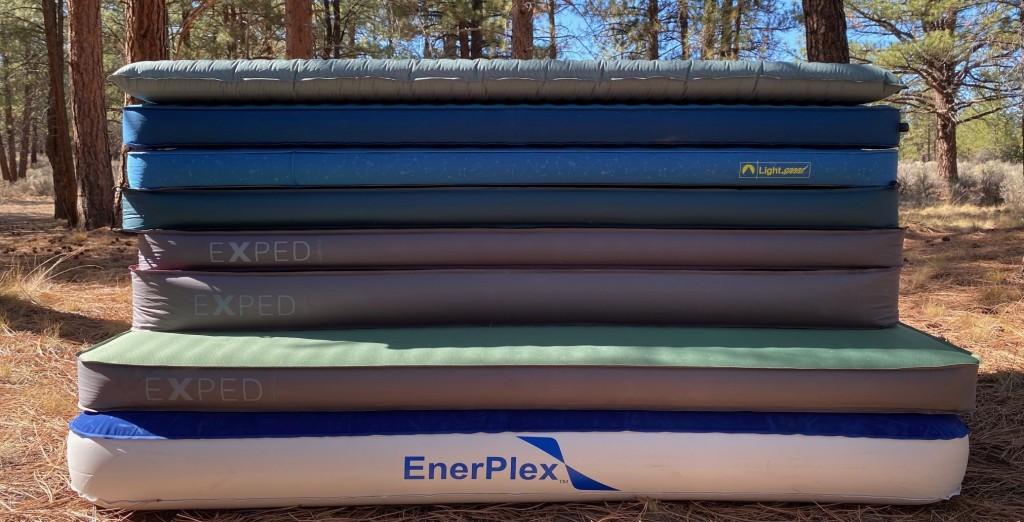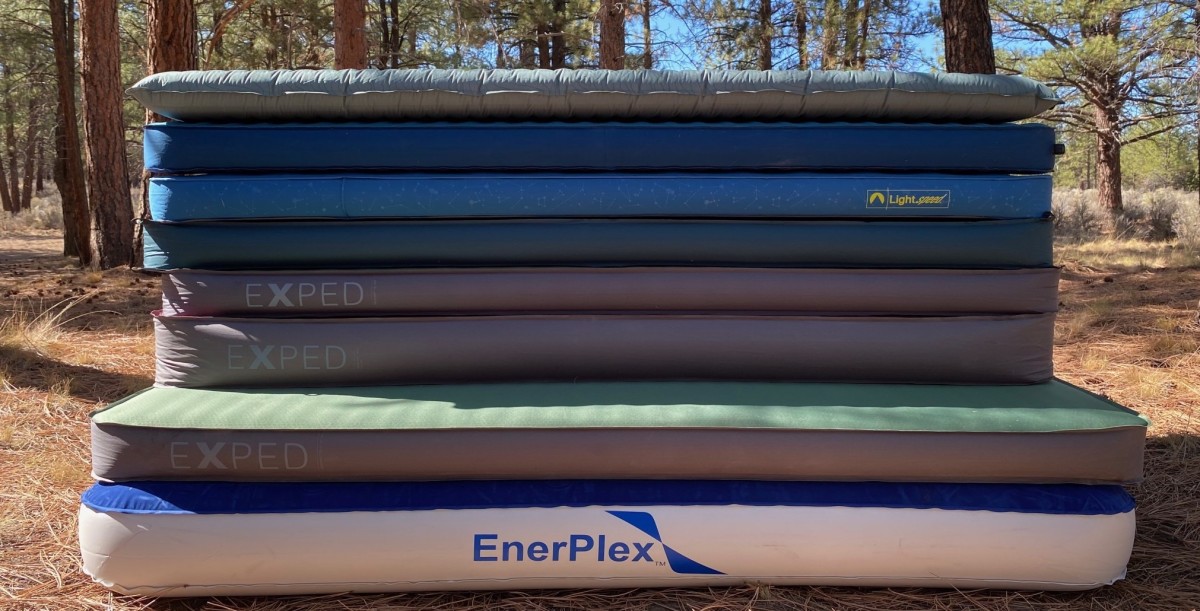Place a tarp or foam pad under an air mattress when camping for protection and insulation. These barriers shield against punctures and cold ground temperatures.
Choosing the right foundation for your air mattress can make or break your camping experience. While sleeping under the stars, comfort and durability are crucial. A tarp or a specially designed foam pad provides a sturdy layer between your air mattress and the rough terrain of a campsite.
Such a precaution not only prolongs the life of your mattress by protecting it from rocks, twigs, and uneven surfaces but also serves as an insulative layer to keep the chill of the ground at bay. Smart campers know that a successful camping trip hinges on good sleep, and prepping your sleeping area with the appropriate materials is a simple yet effective step toward a restful night in the great outdoors. Ensuring your air mattress remains intact and functional is paramount for sleeping comfortably, staying warm, and waking up refreshed, ready to embrace the day’s adventures.

Credit: www.outdoorgearlab.com
Choosing The Right Location
Before setting up an air mattress for camping, picking the right spot is vital. Select a flat surface to ensure comfort and mattress stability. Avoid placing your mattress on sharp objects or a slope; this can cause punctures or result in slipping during sleep.
Always check the ground for hazards such as rocks, sticks, and uneven terrain. A spot under some tree cover can offer protection against morning dew, yet ensure the trees are stable to avoid any fallen branches. Lastly, consider proximity to water sources and campfires; keep a safe distance to stay dry and prevent potential fire hazards.
Protecting The Air Mattress
Choosing the right ground cover is crucial for air mattress longevity and comfort. Consider using a tarp or footprint as the base layer. These provide a barrier against moisture and punctures. For extra cushioning and insulation, add a thick blanket or foam pads. This layering approach guards your mattress against rough terrain and cold ground.
Utilize a mattress protector to shield it from dirt and damage. It also makes cleaning easier after your camping trip. Pick a protector that fits snugly over your mattress to prevent slipping. The protection should not restrict your mattress’s comfort and support.
Enhancing Comfort
Placing the right materials under an air mattress is key while camping. To boost comfort, consider using foam pads or carpet pieces. These add an extra layer of cushioning. For insulation, a reflective mat or a space blanket underneath can keep cold air at bay.
Durable outdoor blankets or fitted sheets work well as bedding. Opt for synthetic fabrics as they resist moisture and dry quickly. A tarp below everything helps prevent punctures from twigs or stones.

Credit: www.outdoorgearlab.com
Maintaining The Air Mattress
To keep your air mattress comfy, inflation techniques matter. Use a pump that’s suited for your mattress type. Electric pumps save time and energy. If there’s no power, a foot or hand pump works. Always fill to the recommended level. Not too soft, not too firm.
Being careful about avoiding sharp objects is crucial. First, clear the ground. Look for and remove twigs, stones, and debris. Consider placing a protective tarp beneath the mattress. This acts as a barrier. It stops punctures and adds extra cushioning. Smooth, flat surfaces are the best.
Special Considerations
Protecting nature is key while camping. Choose a barrier that leaves no trace to minimize the effect on the environment. A footprint tarp or biodegradable options work well. Reuse materials whenever possible to reduce waste.
To keep warm on cold nights, insulation is essential. Use a closed-cell foam pad or a specially designed-insulated pad. This helps to prevent heat loss to the ground. Your comfort and health will benefit from this layer.
Practical Accessories
Choosing the right air pump is crucial for a comfortable camping experience. Manual pumps are a budget-friendly option, suited for smaller mattresses. Electric pumps, on the other hand, offer ease and speed, though they may require a power source. Battery-operated pumps provide portability and convenience, ensuring your air mattress is inflated wherever your adventures take you.
Unexpected punctures should never ruin your trip. Always pack a repair kit to fix any air mattress damage quickly. These kits should include adhesive, patches, and a wrench for valve issues. By being prepared, you ensure a smooth, hassle-free outing amidst nature.

Credit: www.amazon.com
Frequently Asked Questions On What To Put Under An Air Mattress When Camping
Why Place Anything Under An Air Mattress While Camping?
Placing a protective barrier under an air mattress helps prevent punctures and insulation from cold ground. It enhances comfort and prolongs the mattress’s life, providing a better camping experience.
What Materials Are Best For Underneath An Air Mattress?
Foam pads, tarpaulins, or thick blankets are ideal. These materials offer added cushioning and protection against rocks or uneven surfaces, ensuring your air mattress remains intact and comfortable.
Can I Use A Regular Tarp Under My Air Mattress?
Yes, a regular tarp is suitable. It prevents moisture from seeping in and shields the mattress from sharp objects. Make sure the tarp is larger than the mattress to cover all edges.
Is It Necessary To Insulate Under An Air Mattress?
Absolutely. Insulation under an air mattress keeps you warm by blocking the cold from the ground. This is especially crucial in cold weather conditions to ensure a cozy night’s sleep.
Conclusion
Choosing the right material for beneath your air mattress elevates your camping experience. From ground covers to foam pads, your comfort and mattress longevity depends on this simple choice. Remember, a good night’s sleep is key to outdoor adventure success.
Equip wisely, sleep soundly, and explore freely. Happy camping!



